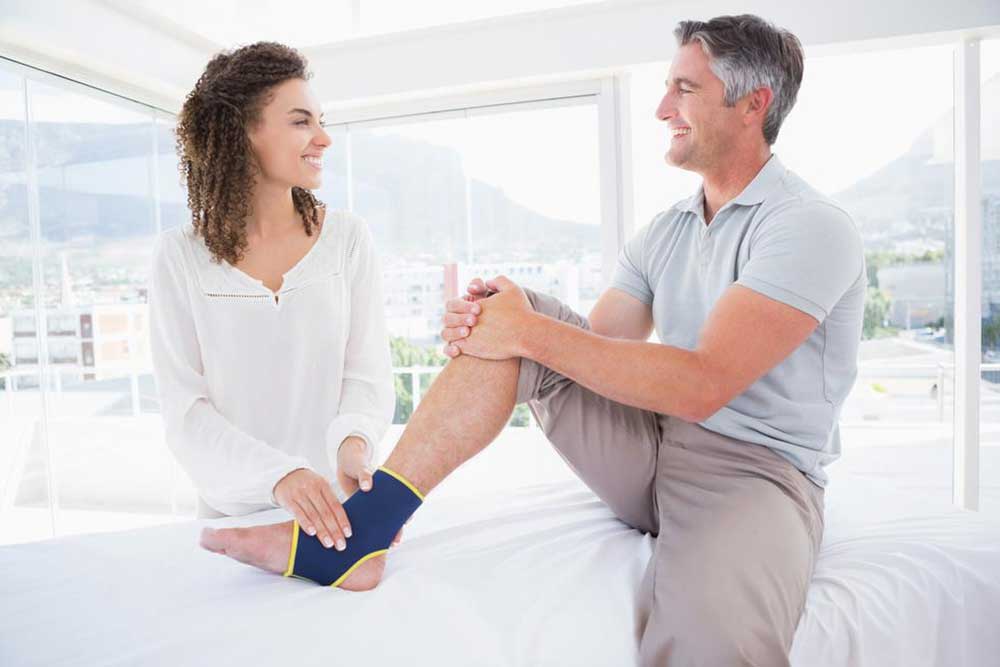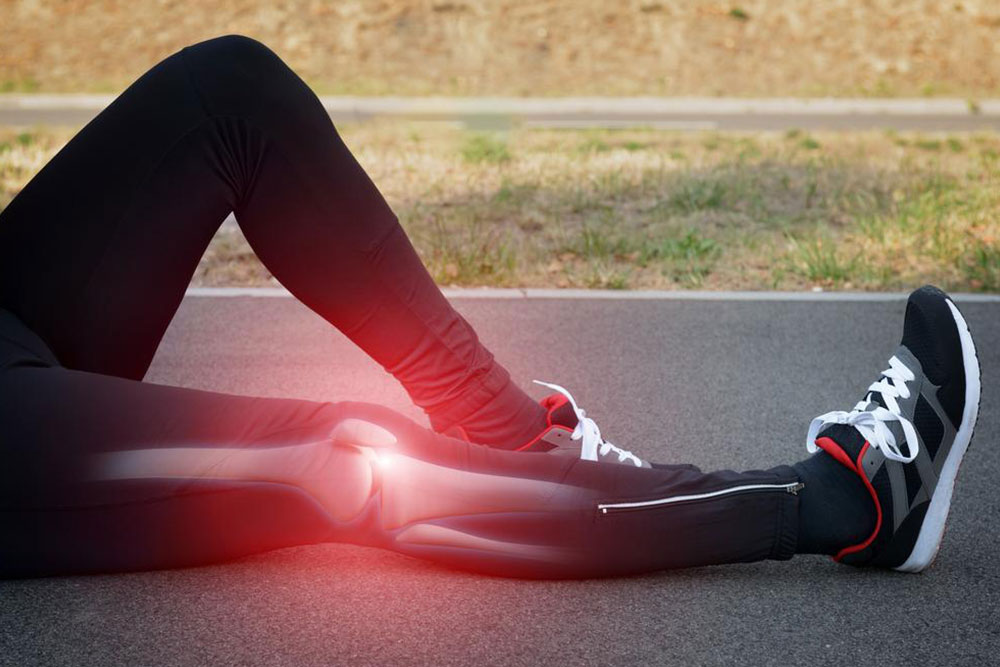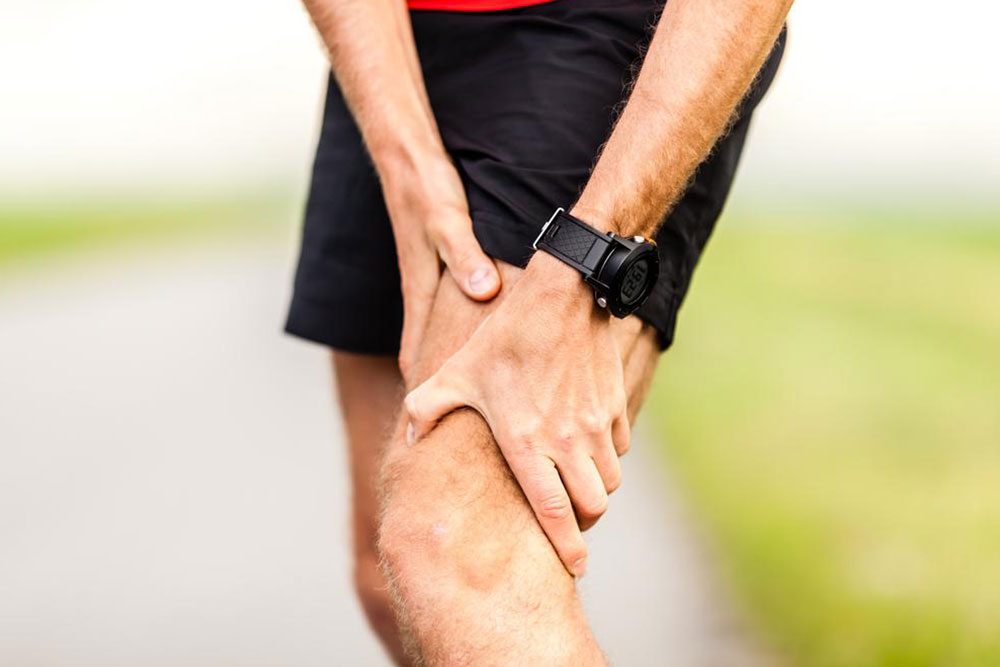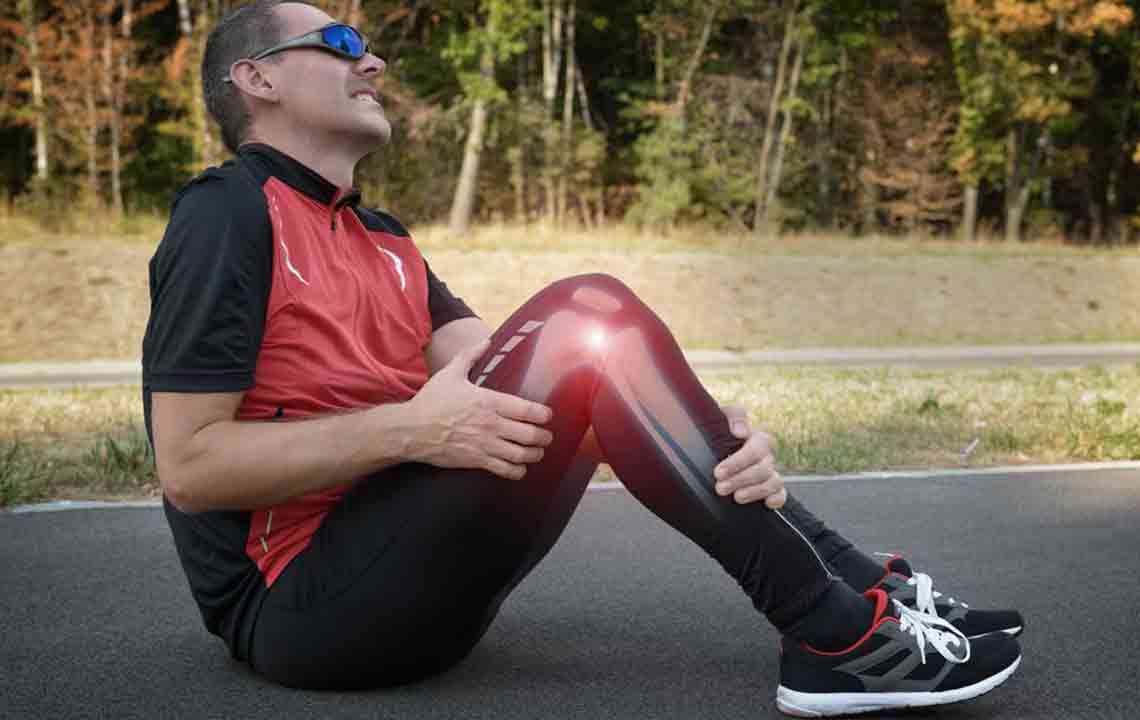Complete Guide to Understanding and Managing Leg Discomfort for Better Wellness
This comprehensive guide explores the causes of leg discomfort, including circulatory, nerve, and musculoskeletal issues. It provides practical exercises and management tips to relieve pain and improve leg health. Whether experiencing occasional aches or chronic pain, learn how lifestyle modifications and targeted exercises can enhance your well-being. Early diagnosis and proper treatment are crucial for preventing serious complications, making this guide essential for anyone seeking to understand and manage leg discomfort effectively.

Complete Guide to Understanding and Managing Leg Discomfort for Better Wellness
Everything You Need to Know About Leg Discomfort and How to Manage It Effectively
Leg discomfort is a common issue that affects a broad population, spanning from occasional aches to persistent pain that disrupts daily routines. These sensations can vary from sharp pains and dull aches to numbness, tingling, or burning sensations, all of which stem from complex nerve reactions to various stimuli such as pressure, temperature shifts, or chemical changes due to tissue injury. The pain can be temporary, lasting only moments or hours, or chronic, persisting over weeks or months. Understanding the root causes of leg discomfort is crucial for effective management, whether through lifestyle modifications, exercises, or medical intervention.
If you're experiencing ongoing leg discomfort, it's vital to learn about the possible underlying reasons and strategies to alleviate symptoms. This comprehensive guide aims to provide insights into common causes, preventive tips, and practical exercises tailored to relieve different types of leg pain, ultimately empowering you to take control of your health and comfort.
Is Experiencing Leg Discomfort Normal?
Leg discomfort can be both tiring and disruptive, impacting your ability to perform everyday tasks and enjoy leisure activities.
Occasional leg issues are quite common among healthy individuals and can occur due to physical activity, fatigue, or other transient factors.
Women might notice leg discomfort more frequently during menstruation, due to hormonal fluctuations affecting circulation and muscle tone.
While mild and infrequent discomfort is usually not a cause for concern, persistent or severe pain should be evaluated by healthcare professionals to prevent more serious health issues.
Common Causes of Leg Discomfort
Circulatory problems: Conditions such as peripheral artery disease, deep vein thrombosis (DVT), varicose veins, infections, and skin conditions like eczema can compromise normal blood flow and cause leg pain, swelling, or skin changes.
Nerve-related issues: Damage or irritation to nerves, such as nerve compression, sciatic nerve impingement, restless leg syndrome (RLS), or neuralgia, can result in persistent, shooting, or burning sensations in the legs, even when at rest.
Musculoskeletal problems: Conditions involving muscles, joints, or bones—including arthritis, cartilage degeneration, muscle strains, stress fractures, night leg cramps, or compartment syndrome—are common culprits behind leg pain related to physical structures.
Effective Exercises to Alleviate Leg Pain:
Sciatica Relief: Sciatica arises when the sciatic nerve becomes irritated or compressed, leading to intense leg pain. Gentle at-home exercises can help reduce inflammation and nerve pressure. For instance, the 'bird dog' or 'lumbar stretch' exercises can alleviate symptoms. A simple exercise involves getting on all fours, keeping your back straight, then slowly lifting your right arm and left leg, holding for 5-8 seconds, and repeating on the opposite side. Perform this for 2-3 minutes daily to promote flexibility and nerve decompression.
Varicose Vein Relief: Enlarged, twisted veins—varicose veins—are a common cause of throbbing, swelling, and cramps. Wearing compression stockings can significantly improve blood flow. Additionally, specific exercises like bicycle kicks—lying on your back and alternately extending and flexing legs—encourage circulation. Approach these exercises gently and perform for 2-3 minutes, ideally multiple times a day, to relieve symptoms and prevent progression.
In summary, understanding the underlying causes of your leg discomfort—whether circulatory, nerve-related, or musculoskeletal—can help you implement appropriate management strategies. Combining regular exercises, lifestyle adjustments, and medical advice ensures optimal relief and long-term health preservation. If discomfort persists or worsens, seeking prompt medical assessment remains essential for an accurate diagnosis and tailored treatment plan.





